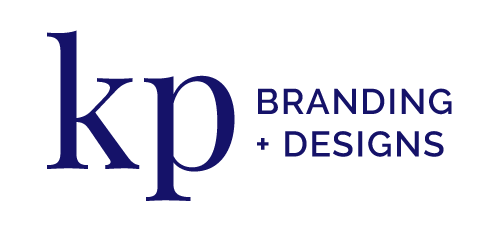March 20, 2020
First of all, I’ll start by apologizing to all of my previous clients. Sometimes I start throwing hamburgers, heroes, and carousels together and then BAM! we’ve got a website. If you’re a retainer client then you may have already heard them all but wondered, is she making this sh*t up??
Well, fret no more to all of my current clients, future clients, and friends. This is a list of the top 13 website phrases and terms that I use on a daily basis. I regret to announce that I did not coin this website terminology but I am here to give you a breakdown and definition of common website design jargon.
This is definitely not a complete glossary but it is the website vocabulary I use consistently. So, if you’re looking to work with me, collaborate with another developer or designer, or even DIY your own site then here is a quick vocabulary lesson to strengthen your website design knowledge.

Firstly, is the Hero area of your website. This is your prime real estate on your entire site since it is the first impression your users will get when landing on your website. We have to make a BIG impression here so we put our best foot forward.

Next, the body area of your home page. This is where you give the viewer more information. It could be about you or your company, your best sellers if you have an ecommerce website, or maybe your most recent blog posts. This will let the user dive in to what your website has to offer.
9. Tri-Section Grid – Sometimes it will even be a Quad-Section but I am a HUGE advocate for a sectioned grid on your home page. On most of my designs I work in a grid to highlight the top pages on your website. I could write a whole post about this topic (don’t tempt me) but just take my word when I say this plays a big part in most of my website designs.
Lastly, we’ll cover the bottom area of your home page. This is section is most popular for getting your user involved and interacting with you and your brand. Contact forms, social media feeds, and subscription forms are typically all found in this area of your site.

10. Contact Form – A pretty straight-forward and common term, the contact form helps your audience reach out to you quickly and easily. The contact area is an important section for pretty much every website.

To sum it all up, I hope this list was helpful and informative for anyone wanting to learn some easy website design terms. If I missed any lingo you were wanting to learn or if you have more to add, drop a comment below! Thanks for reading
Cheers,
Katie
Related Articles
Hack #3 to Level Up Your Creative: Convert Users with Creative
4 min read Facebook has 2.89 billion monthly active users worldwide. Instagram has 1 billion monthly active users worldwide. TikTok has 1 billion monthly active users worldwide. Pinterest has 454 million monthly active users worldwide. YouTube has 2.1 billion...
Hack #1 to Level Up Your Creative: DIY Your Brand Identity
4 min read If you’re in the first few years of owning your small business, it can be tough to know when to invest money in professional services and when to DIY. An essential aspect of any company is its brand identity. However, going all-out and hiring a professional...
How to Build a Website in 24 Hours
4 min read If you don't know How to Build your Website but need one fast, here is a detailed guide on how to get your website from lacking to live! I respect your hustle. Prep for your Website Estimated Time: 10 Hours First things first, we need to do some...



